Our Central European Whirlwind - Prague, Vienna, and Budapest - Paired with Wine #WorldWineTravel
- Culinary Cam

- Sep 11
- 11 min read
Updated: Sep 22
This month, I am hosting the World Wine Travel writers to share their summer adventures through sips and nibbles.

The #WorldWineTravel Wine Memories
A Day at Champagne Vaucelle Remembered at Apéro by FoodWineClick!
A Wine to Enjoy Around the Campfire by A Day in the Life on the Farm
Montefalco Rosso, A Revelation by Avvinare
Our Central European Whirlwind - Prague, Vienna, and Budapest - Paired with Wine by Culinary Cam (you're here)
Sipping, Nibbling, and Hiking Through the Finger Lakes by Side Hustle Wino
South Dakota Wine and Other Summer Sips by Cooking Chat
Summer Wine Adventures: Cedar Lake Cellars by Our Good Life
Manns on the Move
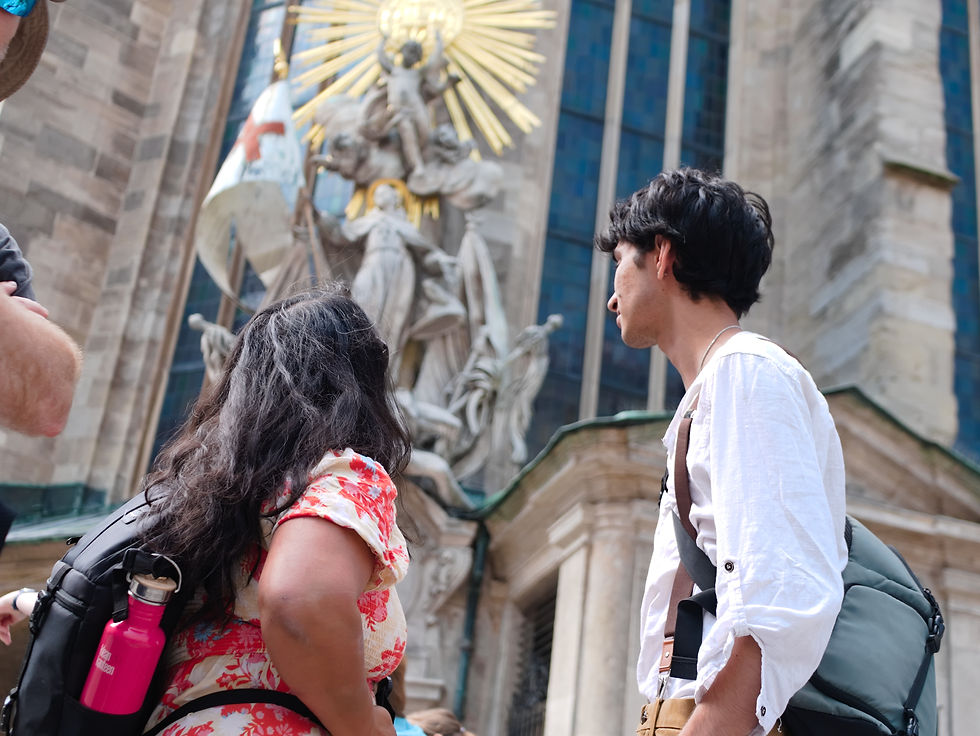
Last month we traveled to Central Europe for ten days and it was a veritable whirlwind with, roughly, three days each in Czechia, Austria, and Hungary. We had an aggressive itinerary to which we all agreed ahead of time though halfway through, we all realized that Jake and I did better if we got a "nap-break" in the middle of the madness. Each day started around the seven o'clock hour - included multiple activities such as museums or castles, punctuated with meals - and ended late in the evening. We hopped on and off metros and trains; we walked miles and miles every day. It was an exhausting but amazing time with our two grown adults. A trip of a lifetime for sure!

And the thing about traveling with kids of drinking age: lots and lots of libations. We drank beer, wine, cocktails, and more wine. Here's a chronicle of our trip...paired with wines.
A word of warning: We were only there for ten days, but we crammed a lot into those days. This is a long post. But, if you do read on, I think you might be inspired to (1) have your own Central Europe adventure, if you haven't; and/or (2) track down some of these bottles to try for yourself.
In Prague: A Pinot Blanc from Obelisk Winery, the Southern Slopes

Everyone else ordered beer or hard cider that evening, but I picked a Pinot Blanc from the Obelisk Winery on the Southern Slopes near the Austrian border. The winery was established in 2016 and is housed in a modern building in the middle of the vineyards. The grapes, grown organically and hand-harvested, come from a 20-year-old vineyard on the Southern Slopes. They were macerated for twelve hours, then aged in stainless steel after maturing on the lees.
Pouring a pure golden straw color, the wine was surprisingly aromatic with layers of pear, citrus, and persimmon. On the palate the wine was creamy with top notes of lime blossom. The finish was intense with the yeastiness of delicious bread topped with a bitter orange marmalade. I am still dreaming about this wine...and that bagel. Read on to hear about that amazing morsel.

This was also our first meal in Prague. After almost twenty-four hours in transit full of airport and airplane food, we were hungry and headed over to Restaurace Mincovna just off the Old Town Square. We ordered and shared Beef Karabačka Goulash with shallots and potato dumplings, Duck Leg Confit in thyme lard, stewed red cabbage, homemade bun dumplings, and the tenderloin special.
But it was the appetizer that is seared in my memory: duck rillette, goose liver pâté, pickled cheeses, fried potato chips, bagel, and sourdough bread. The boys laughed at me as I declared it the best bagel I have ever had...followed by the secondary declaration that I can never eat another bagel as it will pale in comparison. "That's awfully dramatic, Mom." Well, it was that good. I like bagels - I have even made my own bagels - but they are dense. This bagel (photographed above) was a pillowy dream. Yeah. I will have to try and recreate it, but I am definitely steering clear of our local bagel shops for a long time. And you know how I feel about pickles. Pickled cheese?!? How have I never thought of that?

After dinner we walked around the city, crisscrossing the bridges over the Vltava, before heading back to our apartment.

In Prague: 2018 Špalek Kravi Hora Gryllus Cuvée
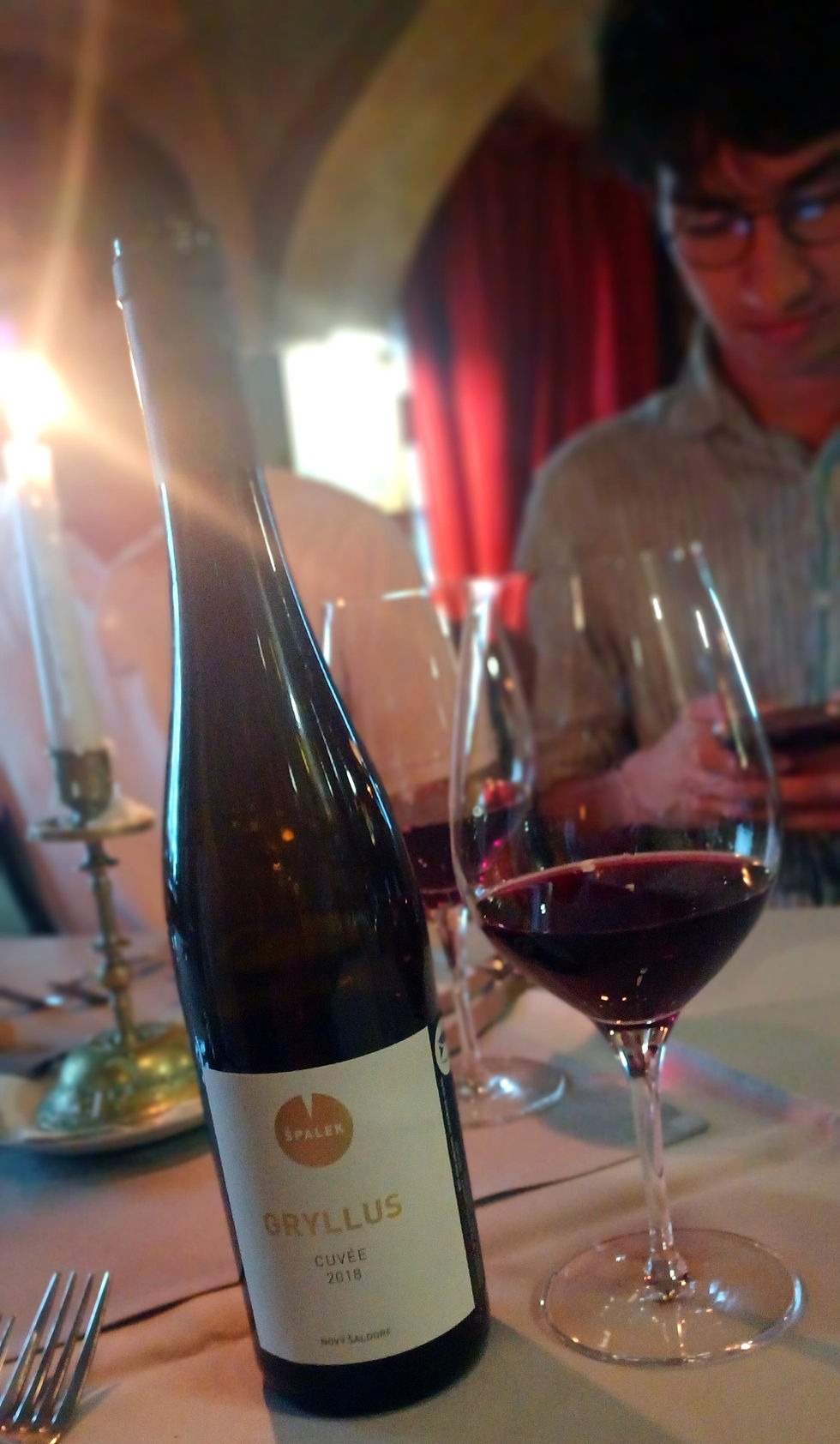
After a full day of adventuring through Prague's Castle Quarter, touring Prague Castle, and heading into Lesser Town to visit the Strahov Monastery and up Petrin Hill with the precursor to the Eiffel Tower, we ended up at the original U Modré Kachničky location. The restaurant's name translates to 'The Blue Duckling'. There is a wooden board with names of famous diners, including Roger Federer, John Cleese, Sean Connery, Tom Cruise, and many more; now they can add the Mann Clan to the list. Ha.
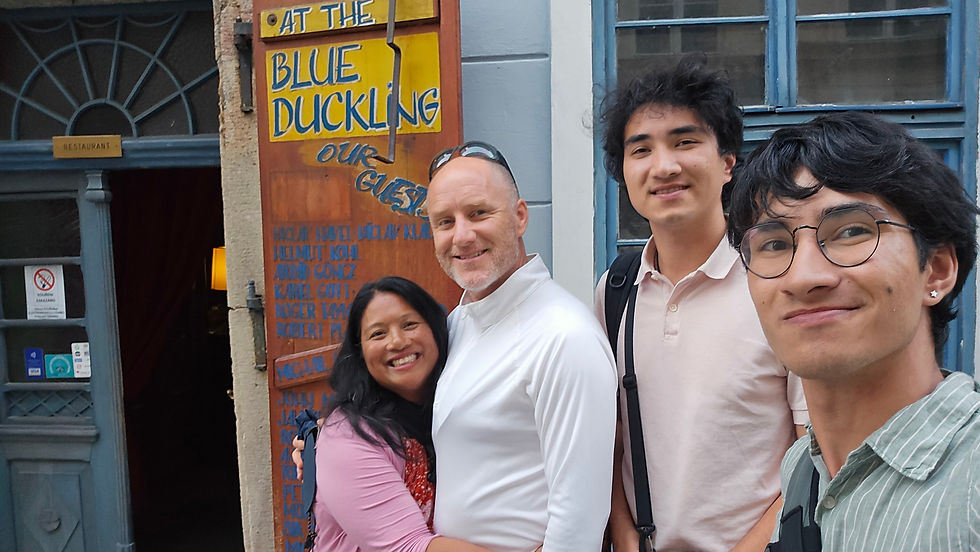
First, here are some of our photos from the day's adventuring...
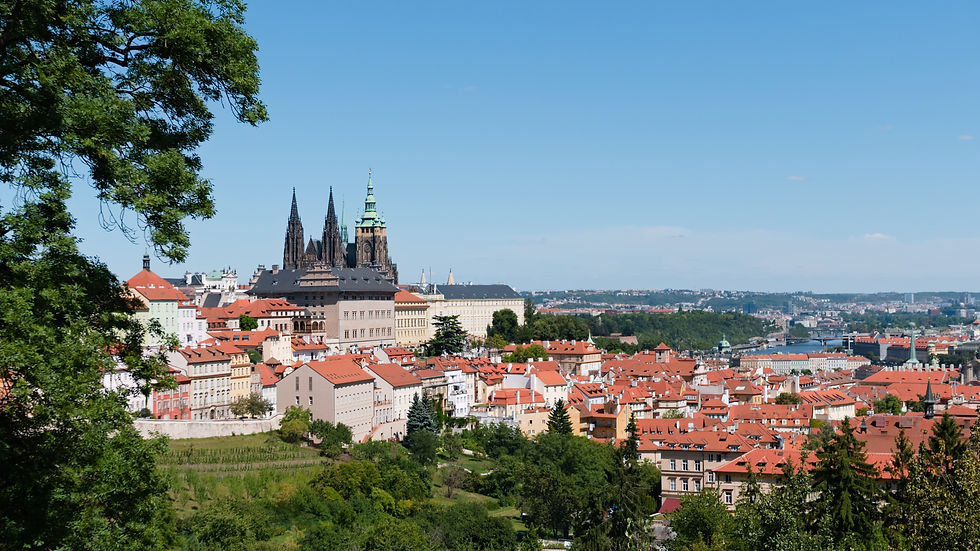
Now back to the wine at The Blue Duckling: the 2018 Špalek Kravi Hora Gryllus Cuvée which is a red wine blend made of Cabernet Sauvignon, Dornfelder, and Cabernet Moravia. Since two of those grapes are unfamiliar to me, I will share what I learned. Dornfelder is a cross of the even lesser-known grapes Helfensteiner and Heroldrebe. It is a red wine grape prevalent in the Rheinhessen and Pfalz regions of Germany. Cabernet Moravia is a cross of Cabernet Franc and Zweigelt and is used mostly in the Moravia region of Czechia.
Špalek is a small, family-run organic winery that was awarded ;Small Winery of the Year' award in 2015. The wine poured an inky ruby color. On the nose, there were aromas of berries and cherries with a tinge of oak. On the palate, all of the flavors mirrored the aromas and there was a sweetness that reminded me of raisins.
It was a lovely match to the variety of foods we shared. When D and I initially researched this restaurant, we anticipated doing the tasting menu with wine pairings. But we opted, instead, to order multiple dishes to share and a single bottle of wine.

We ate: Grilled foie gras with honey gingerbread and port wine sauce, pear marinated in Grand Marnier and pink pepper; Roast duck with caraway, caramelized red cabbage with raisins and potato dumpling rolls; Flambéed fallow deer saddle, with port wine sauce and almond (above); and Wild boar loin with Kampot pepper, potato terrine and grilled king oyster mushrooms.
From Prague, we hopped on a train to Vienna and on to Laxenburg to visit Schlosspark, one of the summer retreats used by the Habsburgs. After the castle, we took a bus to Mödling as a staging area for our early morning hike to Schloss Lichtenstein in the Urach Forest. At both of those locations, we mostly drank beer. So there were no pairings to report until we got back into Vienna proper.
In Vienna: 2024 Gelber Muskateller Gross Winery, Stryia

Because I was mostly ordering wines by the glass, I didn't get a chance to photograph the bottles or labels. But I took detailed notes so I could report back on all of these pairings.
Before we went to the Vienna State Opera, we had dinner at Ludwig & Adele. Gelber Muskateller is the German name for Yellow Muscat, a highly aromatic white wine grape that is primarily cultivated in Austria, Germany, and Italy, where it thrives in the cool climates and rocky soils. This one is from Gross Winery in Styria, an area whose nickname is 'The Green Heart of Austria.'
The Gross Winery is located in the middle of the historically significant Ried Nussberg vineyard in southern Styria. Martina and Johannes Gross embrace organic and biodynamic practices though I don't see any official certifications to that effect. The wine poured a light lemon yellow hue. On the palate, there were intensely tropical layers of pineapple and other tropical fruit, but there was enough acidity to keep it food-friendly.
I ordered the daily special of Grilled Veggies with Mint Yogurt, Pomegranate, and Radishes over Couscous. But I had to try Jake's Carrot-Ginger Soup and the boys' Käsespätzle made with Ferdl's mountain cheese-mix, fried onions, green salad or potato salad on the side. The wine complemented all of the dishes well. And I plan to re-create the couscous dish soon.
In Vienna: Grüner Veltliner with a Trio of Traditional Pancakes

We dined at Heindl's Schmarren & Palatschinkenkuchl after a full day of D's Viennese itinerary which included climbing the twenty stories - 343 steps - up the South Tower of Stephansdom Cathedral, then down into the catacombs where photographs were not allowed. We ate hot dogs from a street vendor before spending several hours at Kunsthistorisches Museum Wien which was created by the Habsburgs to share their private collection with the people.

Back to the Grüner Veltliner. This isn't a grape I have tried often. I have had a Sparkling Grüner Veltliner from Ser Winery on California's Central Coast. And back in 2016, the #WinePW looked at Grüner Veltliner and I poured Count Karolyi Grüner Veltliner from Hungary, Grooner Grüner Veltliner from Austria, and Zocker Grüner Veltliner from California.
Again, because I ordered this wine by the glass and forgot to take a photo of the menu, I don't even know what winery made this wine. So, I'll just talk about the grape in general and write about the traditional pancakes we shared.
Grüner Veltliner is a dry white wine that grows almost exclusively in Austria though you can find Grüners in Slovakia and the Czech Republic. With overwhelmingly savory flavors of bell pepper and lime, Grüner Veltliner is an exotic alternative to Sauvignon Blanc.
Now for the pancakes...we ordered: one savory and two sweets to share. Jake ordered a Viennese beef dish that has me dreaming about the creamed spinach on the side. Oh, my!
We shared a Viennese Meat Pancake, filled with spicy minced meat, served with our own cheese sauce made from Gouda, Parmesan and Tilsitter cheese; Waldviertler Poppyseed Schmarren (shredded pancakes) made with poppy seeds and butter, served with stewed plums; and Salzburg Schneenockerl (snowball pancakes), two pancakes, filled with curds & raisins, topped and baked with floating islands, served with sour cream apricot sauce. SO amazingly tasty. I have already recreated the Viennese Meat Pancake, so stay tuned for that post.
After dinner, we did a night walk around to see the Austrian Parliament, the Votive Church, and a nice surprise was to wander into the plaza in front of Vienna City Hall and see Whitney Houston on the big screen in front of the building. There was a nice mix of tourists and locals, all relaxing, dancing, and enjoying the vibe.
photos by R and D, Vienna, Austria. August 2025
In Vienna: Four Natural Wines
Then we hiked up to Rundbar, a natural wine bar smack in the heart of Vienna's fashionable District 7.

We picked three different wines from Austria and one from France: two Pét-Nats and two skin-ferments. You can read about the wines in my preview for this event: The Summer Travels of the #WorldWineTravel Writers + Sipping Natural Wines in Vienna.
In Budapest: A Hungarian White and a Red in the Jungle in the City

On our last morning in Vienna, we headed to Schönbrunn Palace, visiting the garish palace, wandering through several of the gardens, and climbing up the Gloriette Terrace where the views almost rivaled those from the top of St. Stephen's South Tower.
Then we hopped on a train bound for Budapest.

As soon as we checked into our apartment in Budapest, we headed to a ruin pub nearby. These are reclaimed buildings in the city’s old Jewish Quarter that honor the history of the place by filling it with a new, young energy.
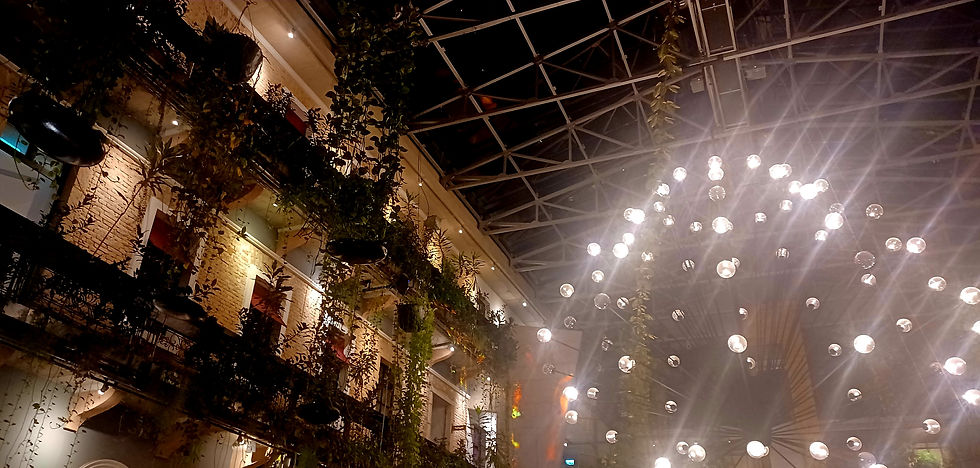
D picked Twenty-Six Degrees which refers to the temperature at which they keep the place. 26 degrees Centigrade = almost 79 degrees Fahrenheit. Darn hot, if you ask me. But the decor was jungle and fit the theme. The two wines we ordered were:
Tűzkő Pannon Grüner Veltliner
Founded at the end of the 18th century, Tűzkő Winery is one of the oldest in Hungary. The estate’s name means 'flint stone' and refers to the deposits of this minerals have been found in this historical wine producing region. The wine poured a straw yellow color. On the nose the wine had robust aromas of citrus and white flowers along with a layer of white pepper. On the palate the wine was medium-bodied with a freshness that made the wine super refreshing in the almost 80 degree restaurant.
Gere Attila Kopar Villányi Cuvée
Nestled in southern Hungary, Villány is one of the country’s most prestigious wine regions. This is the estate's flagship red wine blend, a Bordeaux-style blend, made from Cabernet Franc, Merlot, and Cabernet Sauvignon. The percentages of each depends on the year. On the nose, there were aromas of red fruit such as cranberries, cherries, pomegranates, and currants; there were also earthy layers such as clay and loam. On the palate, all of the aromas were mirrored along with notes of black pepper, cloves, and anise with more herbaceous flavors of thyme and rosemary. This was an aromatic, complex wine.
The food was, Jake and I said, some of the best we have ever had. The boys chuckled and said it was because we hadn't eaten all day. It was good, they said, but not the best we've ever had. Whatever. It was good. Good enough that I plan to replicate some of the dishes. It was a great kick-off to our final destination in Central Europe.
We ate, clockwise from the top left: Grillezett friss tengeri sügér, mediterrán paradicsomszósz, sült kapribogyó, rizs, friss fűszerek (Grilled fresh seabass, mediterranean tomato sauce, fried capers, rice, herbs): Pirított-sült burgonya, frissen vágott fűszerek, koriander, Grana Padano DOP, citrom aioli (Roasted potatoes, herbs, coriander, Grana Padano DOP, lemon aioli); Citromfüves marha kofta, hummusz, savanyított retek, karamellizált hagyma, pita (Lemongrass beef kofta, hummus, pickled radish, caramelised onion, pita); Heirloom paradicsom- és görögdinnye ceviche, ánizsolaj, snidling, retek, kenyér (Heirloom tomato and watermelon ceviche, anise oil, chives, radish, sourdough); and Serpenyős-chilis rák, koktélparadicsom, kenyér (Sautéed chili shrimps with cherry tomatoes, sourdough).
We lingered over dinner before heading out for our first evening walk of Budapest.
After dinner we walked down to the Danube and visited the Holocaust Monument of the 60 pairs of iron shoes that commemorate the Jews that were killed when the Nazi-puppet government, the Arrow Cross, came to power in Hungary in 1944. Many were sent to concentration camps, however, hundreds were massacred on the banks of the river and dumped into the waters.

The views of the illuminated buildings along the river was gorgeous and the Parliament Building might just be one of the most stunning buildings I have ever seen.
In Budapest: Lics Wines

One of the things I was most excited about during the trip: a market walk and cooking class in Budapest with @foodapest_cookingclasses. And it didn't disappoint! You can read my post: "A Bor Nem Szörnyű", Making Paprikás Csirke & Nokedli, and Lics Wines.
We met our guide, Mesi, at the central market, then went to the apartment to make Paprikás Csirke (Chicken Paprikash) and Nokedli (Egg Dumplings). We also drank Pálinka and had three different wines from the Lics Winery. Egészségére!
I will definitely be making these again with some slight modifications to make them gluten-free.

And, yes, I am going to share that I have been duped for over twenty-seven years. My husband has knife skills I didn't know he had. He claims that it doesn't mean he can cook. Still! All three of us were dumbfounded as he prepped his veggies faster than all of us.
That was a last of our significant wine pairings. As I mentioned. What a trip!
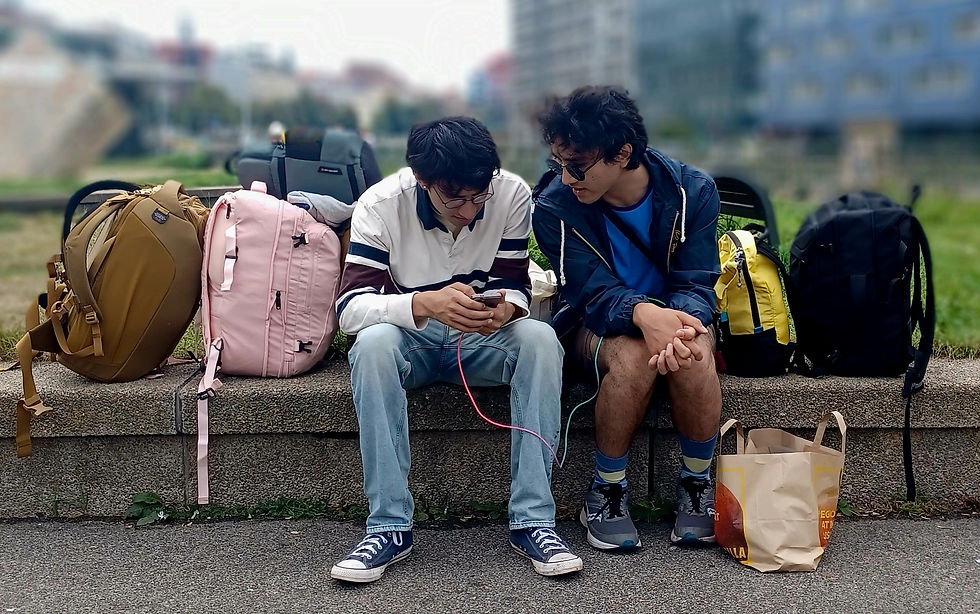
Some lessons learned:
- Just because you can fit ten cute little sundresses in your backpack doesn't mean you should. Seriously, I would have stuck with the 10 days' worth of undergarments and only brought three dresses!
- Testing your sandals with 3 to 5 mile hikes is NOT sufficient when prepping for a Mann trip. D had us walking 10 to 12 miles a day. On cobblestones! Corallary lesson: bring GOOD bandages for blisters and Neosporin.
- Even though some machines in Europe are both washing and dryer, not all are. Leave time to air dry if you don't know.
- Make sure you know your PIN, even for credit cards.
- Cash is king. Many places didn't take credit cards. And those that did vastly preferred tap to pay from my phone.
- Go with the flow and embrace every adventure!
The group will be back next month looking at the white wines of the Loire with Jeff of FoodWineClick! leading the charge.






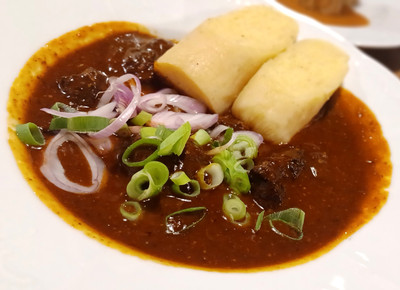









































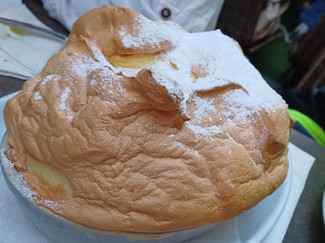

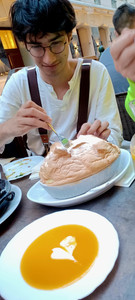









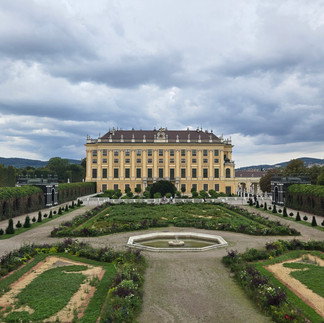






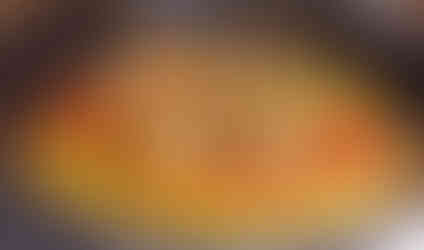




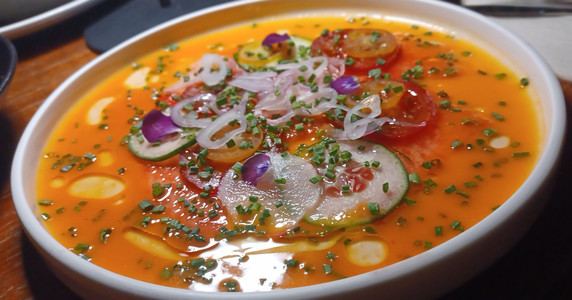









We, too, love traveling with our adult children. They are adventurous eaters but they can really wear us out! Loved reading about your whirlwind trip and took a few notes for our future travels.
Wow Camilla! What an amazing trip. How special to create these memories with your young adults. Every single thing - the food, the wine, the scenery - are gorgeous!
Cam! Wow, what an amazing trip and documented so well. This is a trip you will talk about for ages. It is so fun to travel with your grown children. Memories, for sure. The food and wine look incredible.
Holy Cow....what a fantastic trip. I'm so happy for you.
Wow, you sure packed a lot into this trip! Including some very interesting food along with the wine.